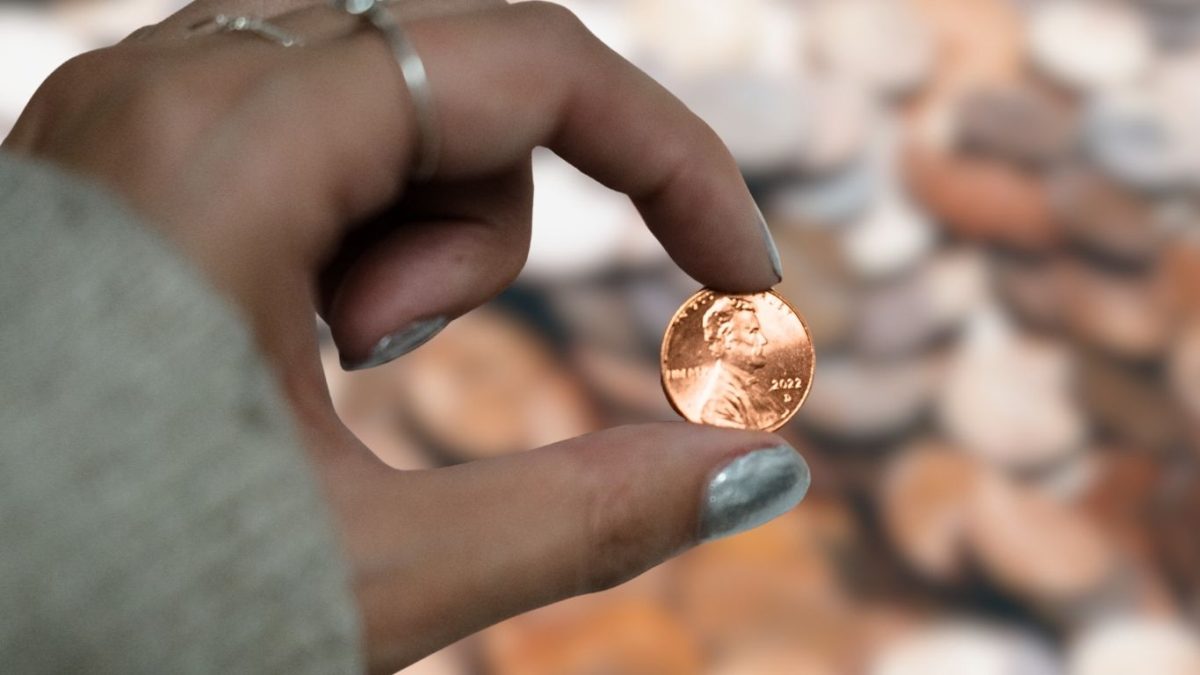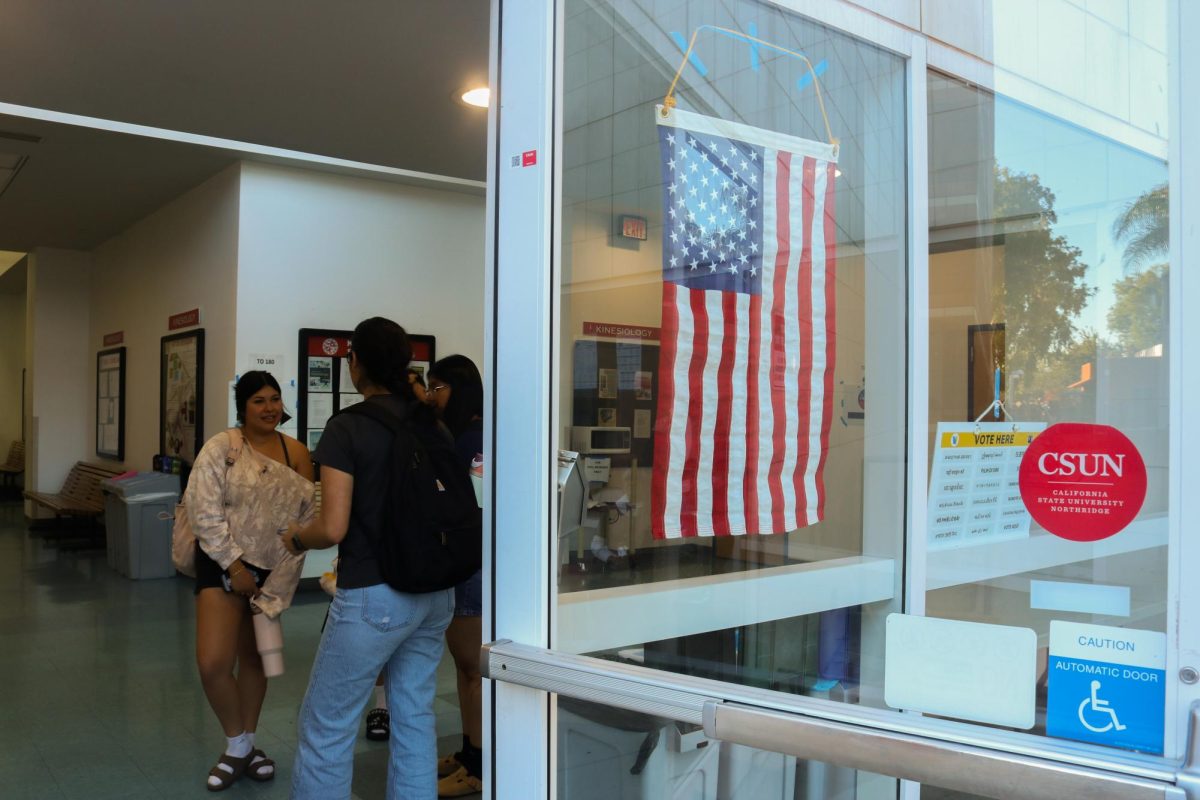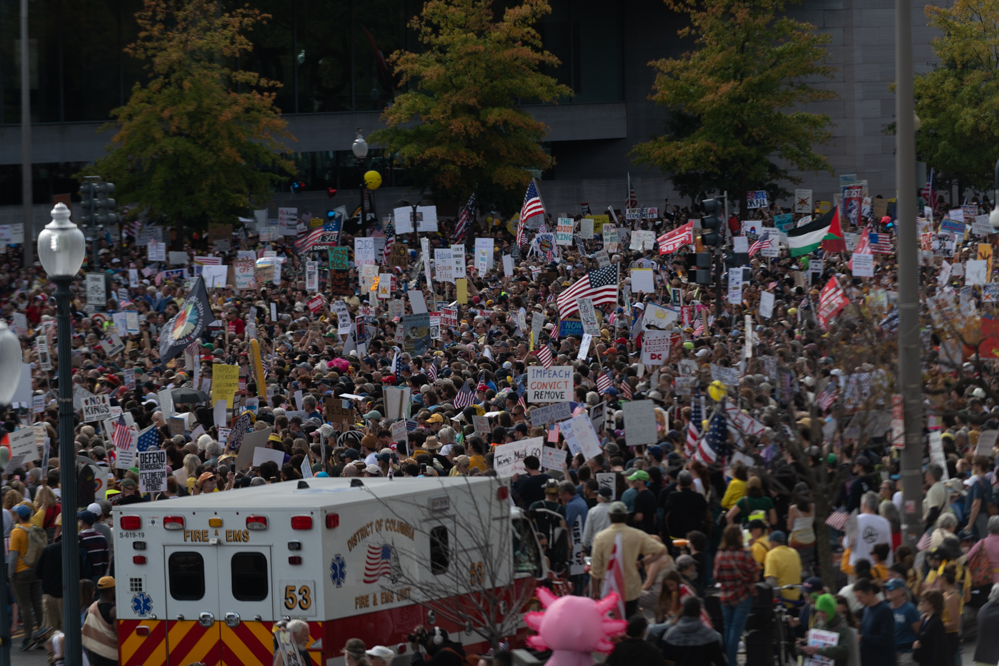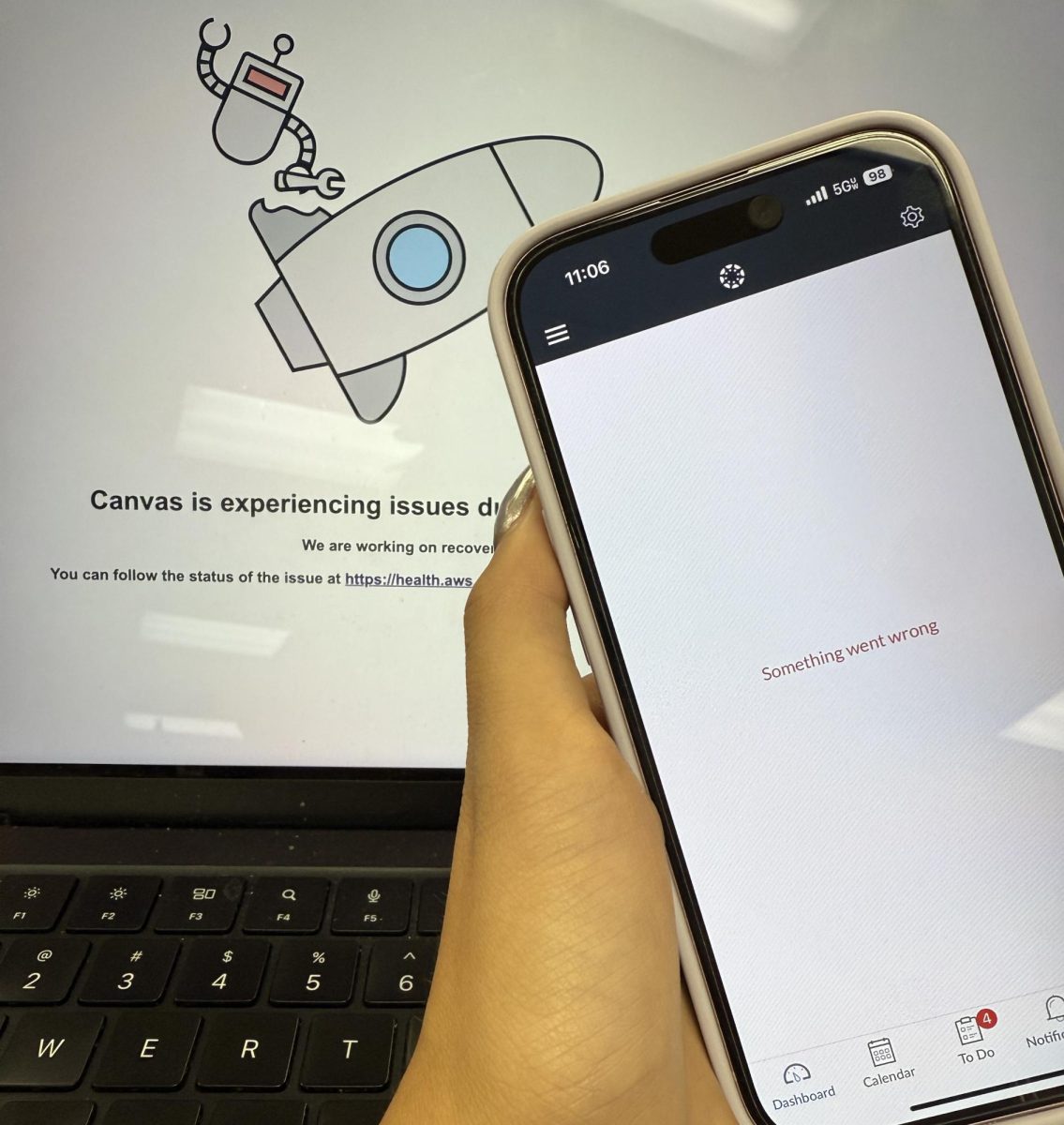When it comes to energy, most people don’t realize how costly it can be.
From using water, electricity, air conditioning, refrigerators, and washer and dryers, it can be quite expensive.
Legislators and proponents of clean technology met Thursday morning in the Northridge Center at the University Student Union to discuss plans and opportunities to improve energy and sustainability at CSUN and the San Fernando Valley.
Some of these plans include establishing an engineering workforce, educational institutions, established aerospace infrastructure and the first Los Angeles high-tech sector.
California State Sen. Fran Pavley (D-Agoura Hills) and California Assemblyman Raul Bocanegra (D-Pacoima) were among the panelists.
Other panelists included Andrew McAllister, California Energy commissioner; Doug Ito of the California Air Resources Board; Erik Steeb, executive director of the Los Angeles Cleantech Incubator; Jose Blanco, plant manager at Chatsworth Products Inc.; Max Aram, CEO of Pick My Solar; Jeff Joyner, co-chair of the Los Angeles Economic Development Corporation; and Dr. Bruno Osorno, professor in the Department of Electrical and Computer Engineering at CSUN.
“We share a passion to have a clean energy future and making educational priorities, and share a passion for cleaning up the air,” Pavley said.
Projects to meet this goal are already in the works, she said.
One of the projects at CSUN includes a S.M.A.R.T. Station for buildings in which the school can save money by reducing the use of energy.
To reduce the use of energy elsewhere, Pavley and others are working to establish a solar wind and energy engineering team.
Bocanegra is excited to see what is in store for energy consumption.
“I jumped at the opportunity to work here together and to be a part of this hearing,” Bocanegra said.
Through these projects, the panel hopes to create, through its efforts, a more stable and clean environment.
McAllister said he wants energy efficiency to thrive.
“In terms of sustainability and clean energy, California is the place to be,” he said.
To improve the environment and reduce the use of energy, McAllister and his team are trying to make the concept of clean energy known all over the state of California. In order to do this, McAllister plans to approve permits for buildings and develop renewable energy sources.
By the end of 2020, McAllister hopes to have energy levels drop dramatically. He plans to help in this cause by aiming to have residential areas reconstructed so they use zero net energy. The energy for commercial buildings may take a little longer and is expected to go down within the next 16 years.
“We have to figure out ways to leverage our resources and to channel investments to better our community,” McAllister said.










